News
Rainfall On The British Quinoa Farm
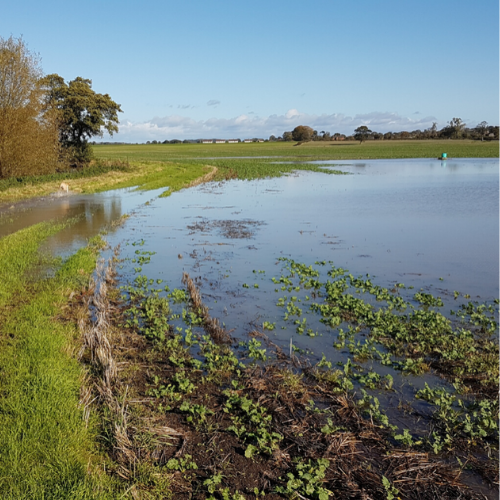
Rain, rain, will it ever go away? This is something we can all but hope for come spring this year, so we can plant our 2020 crops.
It’s safe to say autumn 2019 and early winter has been one of the wettest on record. We were given slight hope in January this year when the rain slowed up a little, but as January came to a close the wet and windy weather struck once again.
Here is a graphic from the Met Office, showing just how wet the UK has been in comparison to previous autumns.
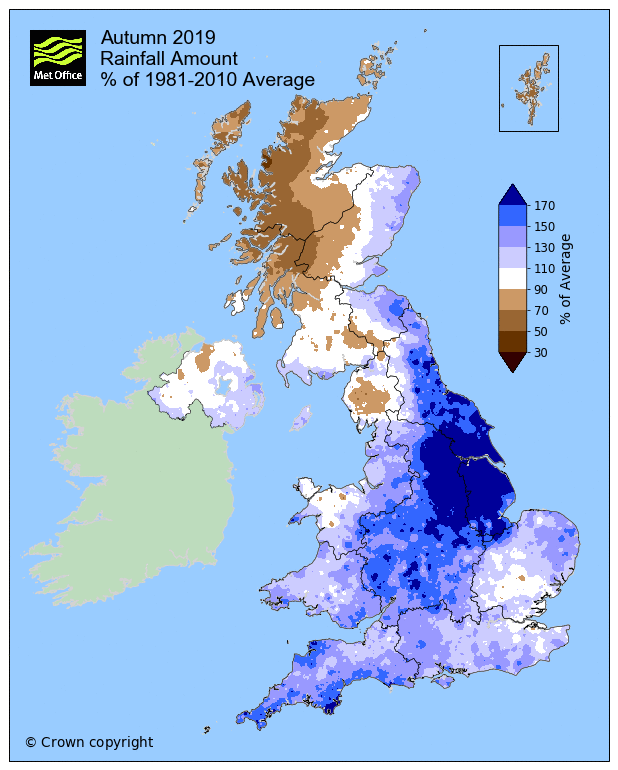
You may be thinking, why is this relevant? What is the big deal, it’s only rain? Well, let’s put it into perspective for you…
You may or may not know, we also grow other crops on the farm, as well as quinoa. So far this year we have only planted around three fields of wheat, this is roughly 20% of what we should have drilled by now. This means we will have to plant more wheat when spring is here, which will lead to a much lower yield, meaning it will have an economic impact on the farm.
We’ve also had issues with our oilseed rape field which became flooded towards the end of 2019. We had hope as it began to dry out during early January when we have little rainfall, but it’s now looking rather wet and soggy again.
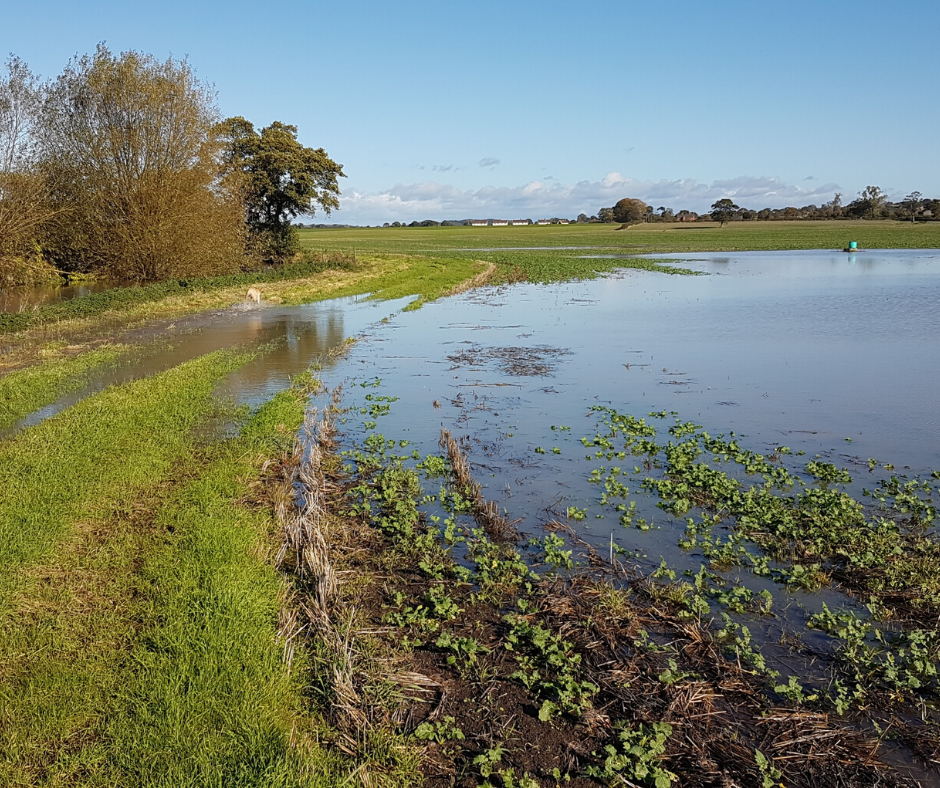
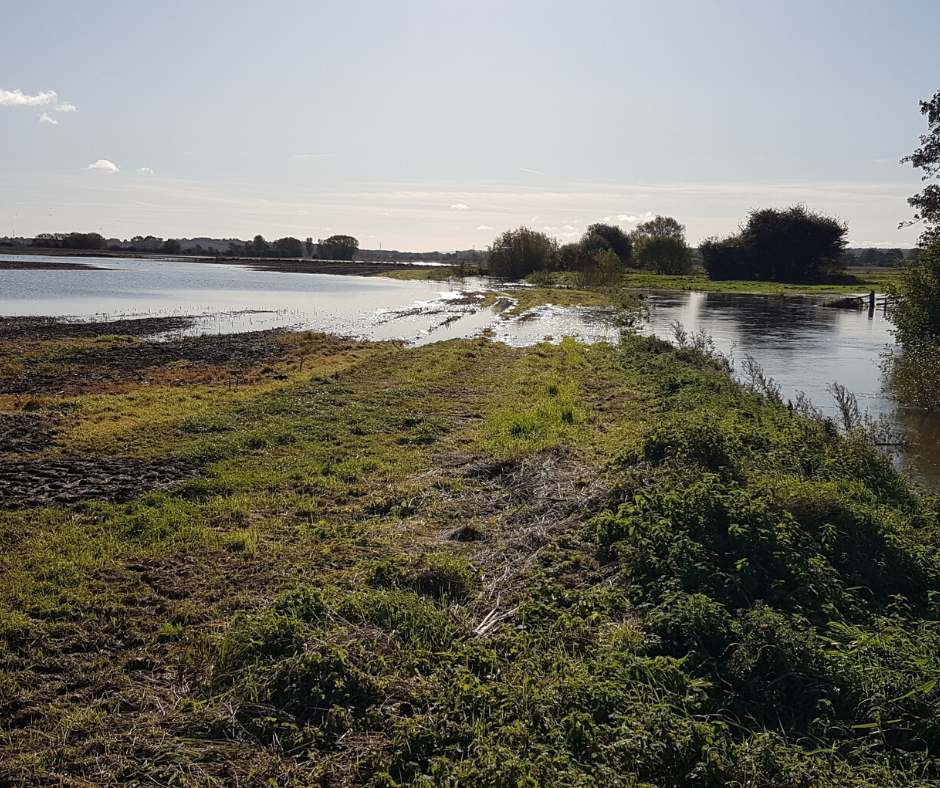
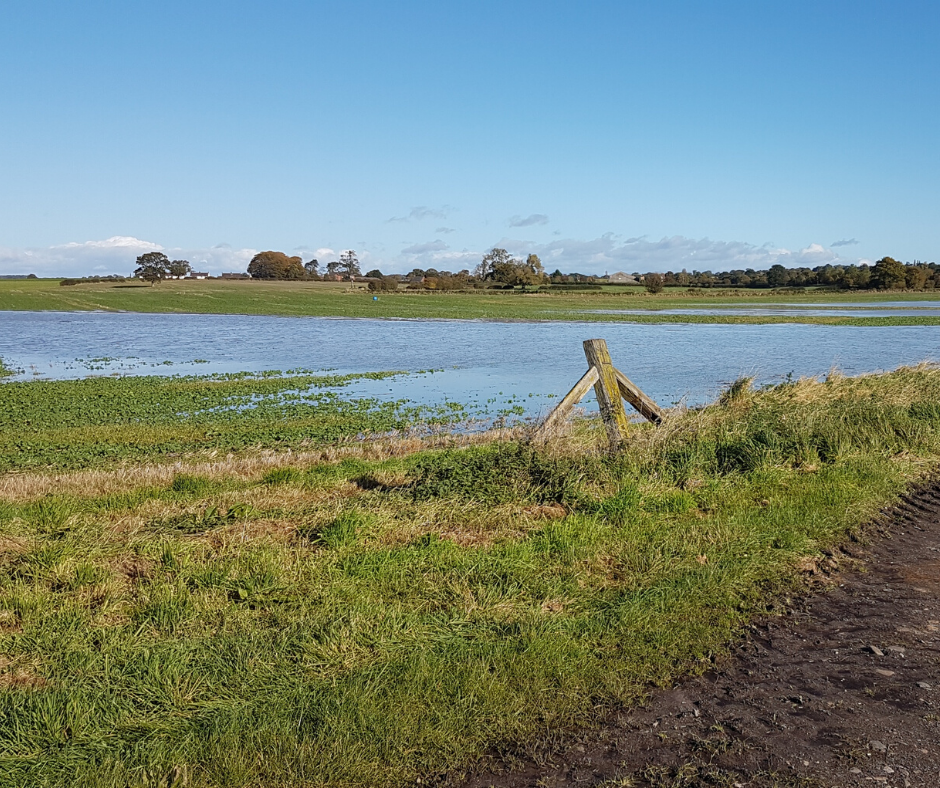
This leads to the biggest questions of them all?
Could the change in our weather, which we’ve had over the past few years be a sign of climate change? It’s predicting hotter, drier summers and wetter winters for the UK. It’s something to think about as we are all partially responsible for this change. Whether you are a conventional or organic farmer, whether you live in a town, village, city or in the middle of nowhere, if you eat a meat-based or a vegan diet. We all have an impact and create our own environmental footprint, and yes even we do when growing our quinoa.
With this on our minds, here on the farm, we have decided to invest in a new drill. This will not only be used to plant our quinoa, but it will also allow us to practice much more minimum tillage and direct drilling, which in turn, will hopefully improve our soils and help protect the environment.
So, what does the future hold?
Well, with our weather being so unpredictable these days, it’s clear to see we need to find a way to make the farm more resilient to the changing weather and climates, of which we are facing here in the UK. It will have to become an essential part of our long-term plans to ensure we can continue to plant and grow our crops, when needed, regardless of the good old British weather.
All in all, we are just hoping for a drier spring so we can get our crops in the ground, followed by a warmer summer, so our harvest can run smoothly and on time, whilst working around the everchanging climate we face here in the UK this year!
 Basket
Basket